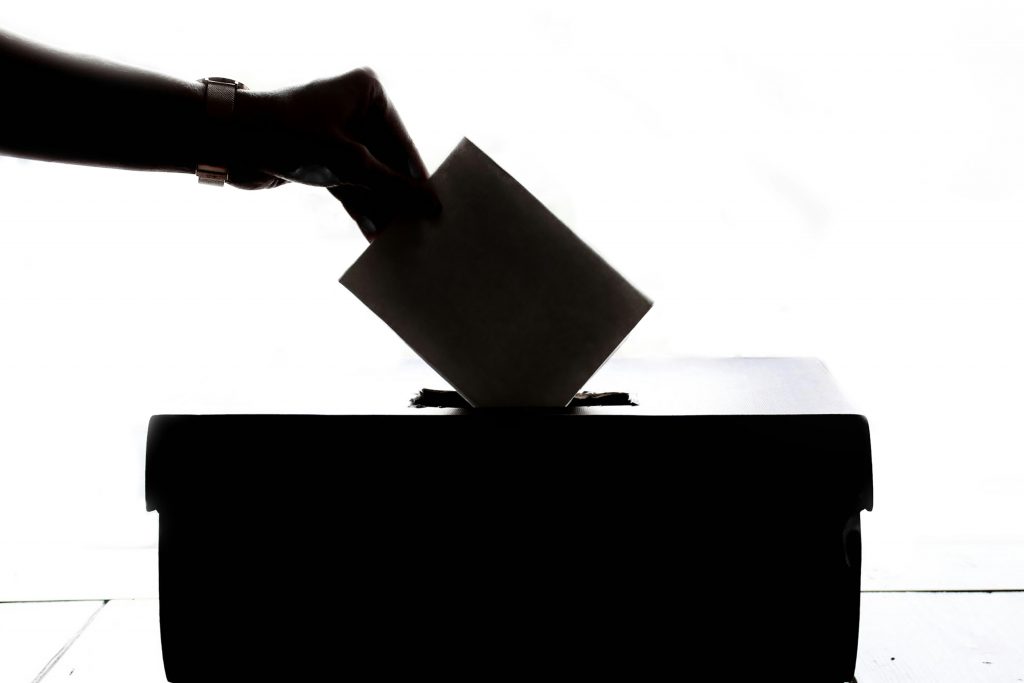By Melanie Trottier-Mitcheson | Observer Contributor

Social media, emails, texts, news, AI, games: access to technology can be a daily source of distraction. Mount students reveal their strategies to stay focused.
The typical college student’s routine day is punctuated by a series of buzzes, pings, and alarms from a device. This barrage of digital noise, studies show, takes a toll on human attention spans. University of Texas at Austin professor and writer Steven Mintz quotes a Microsoft study finding that the average human attention span decreased from 12 seconds in 2000 to 8 seconds in 2013. Humans now pay attention for a shorter time than a goldfish.




